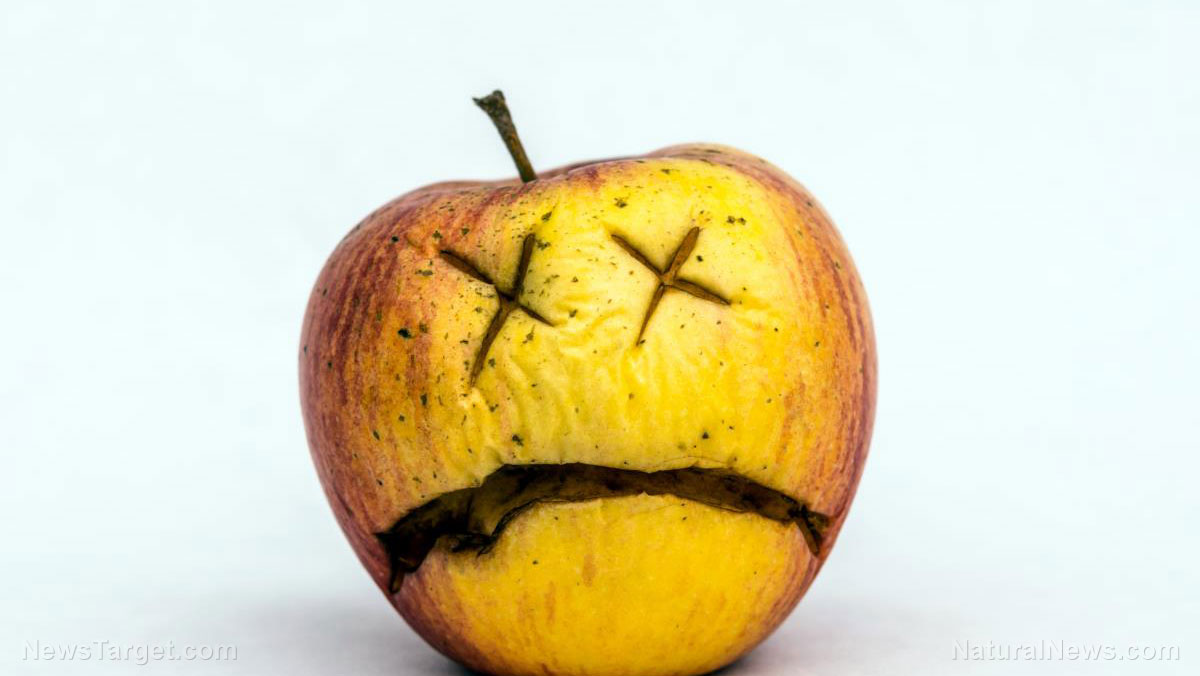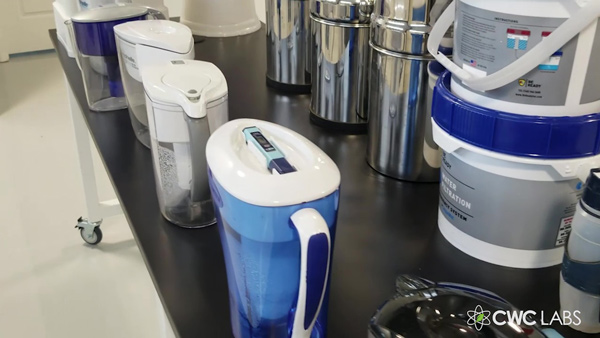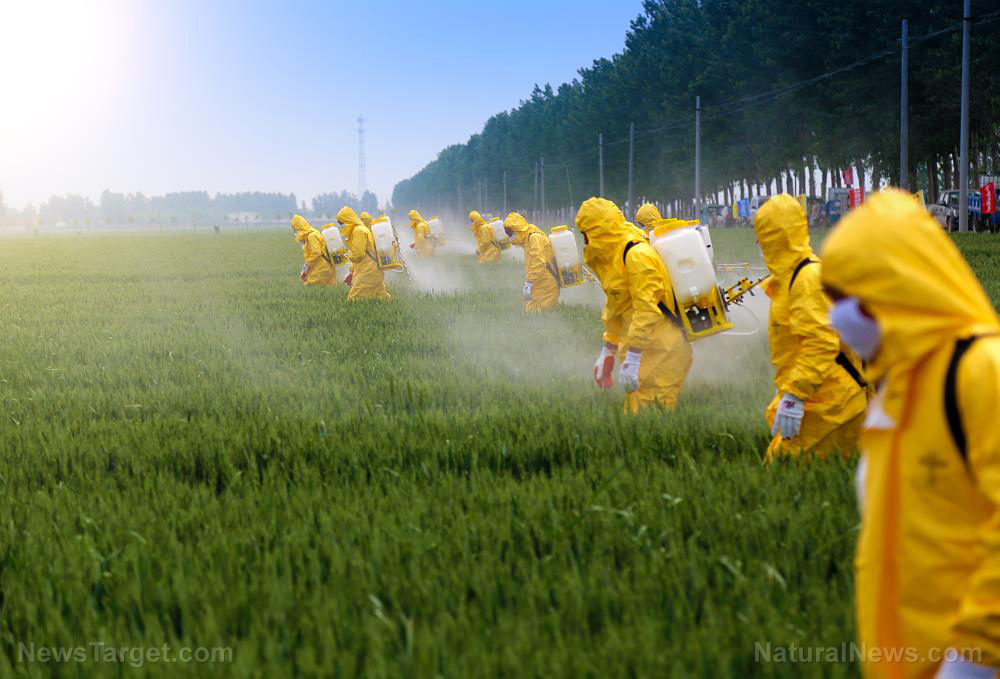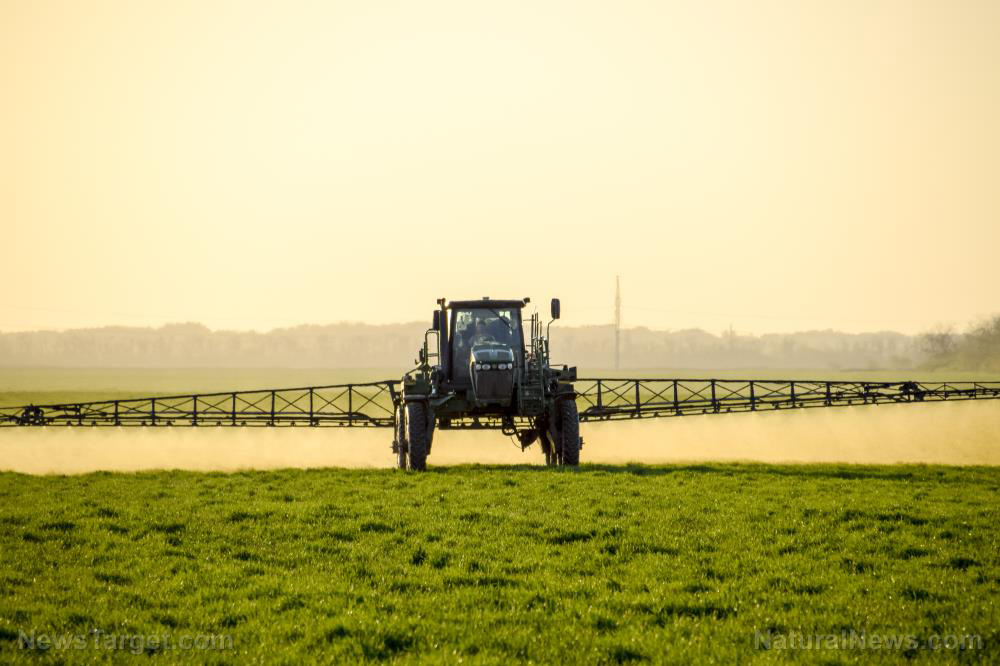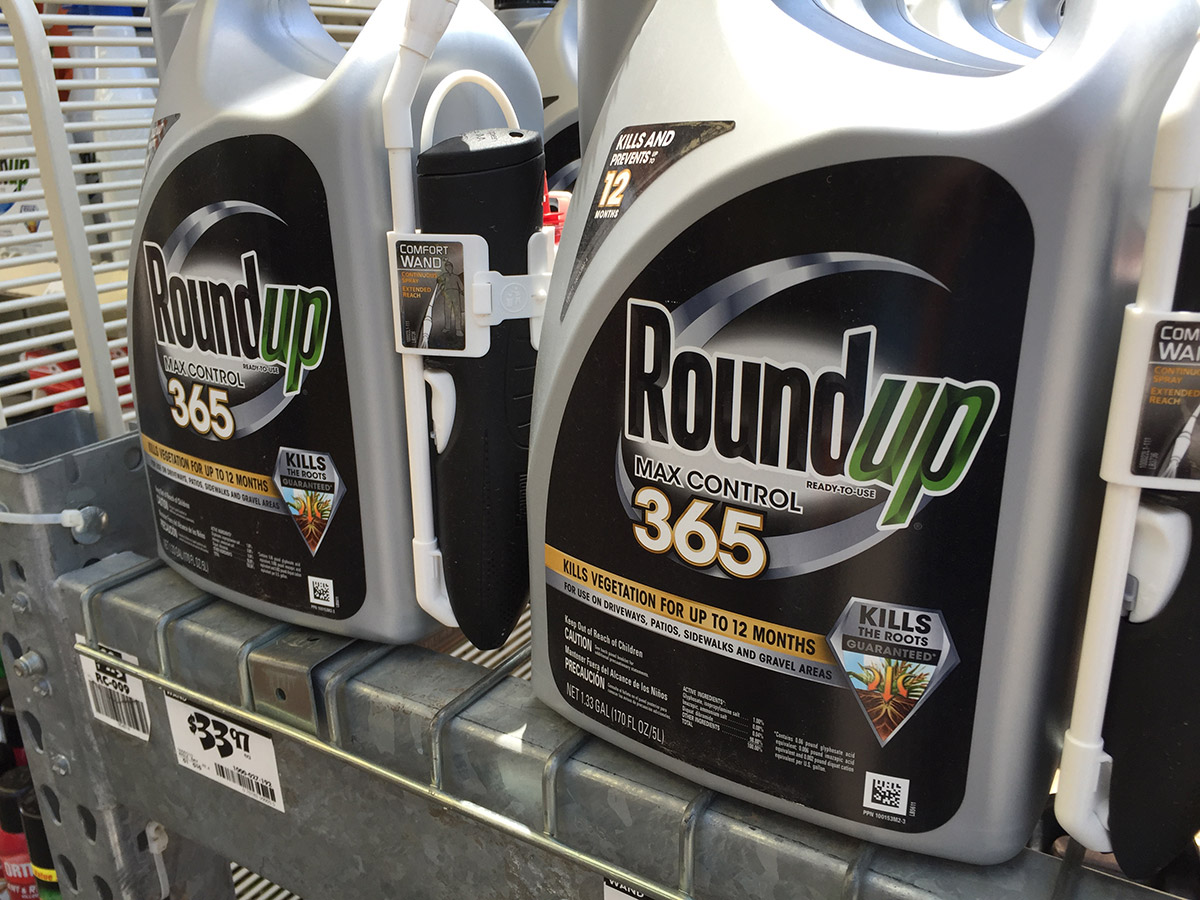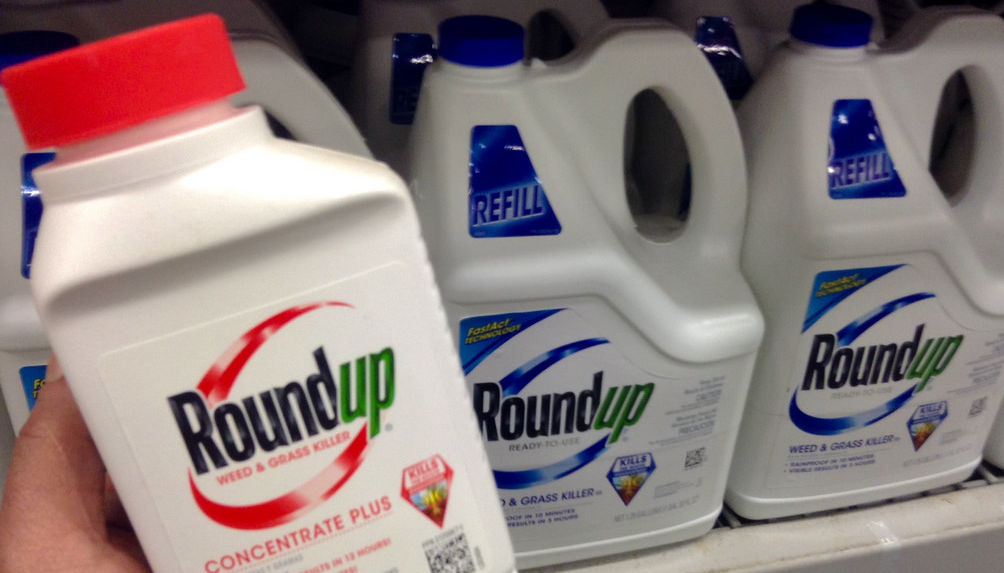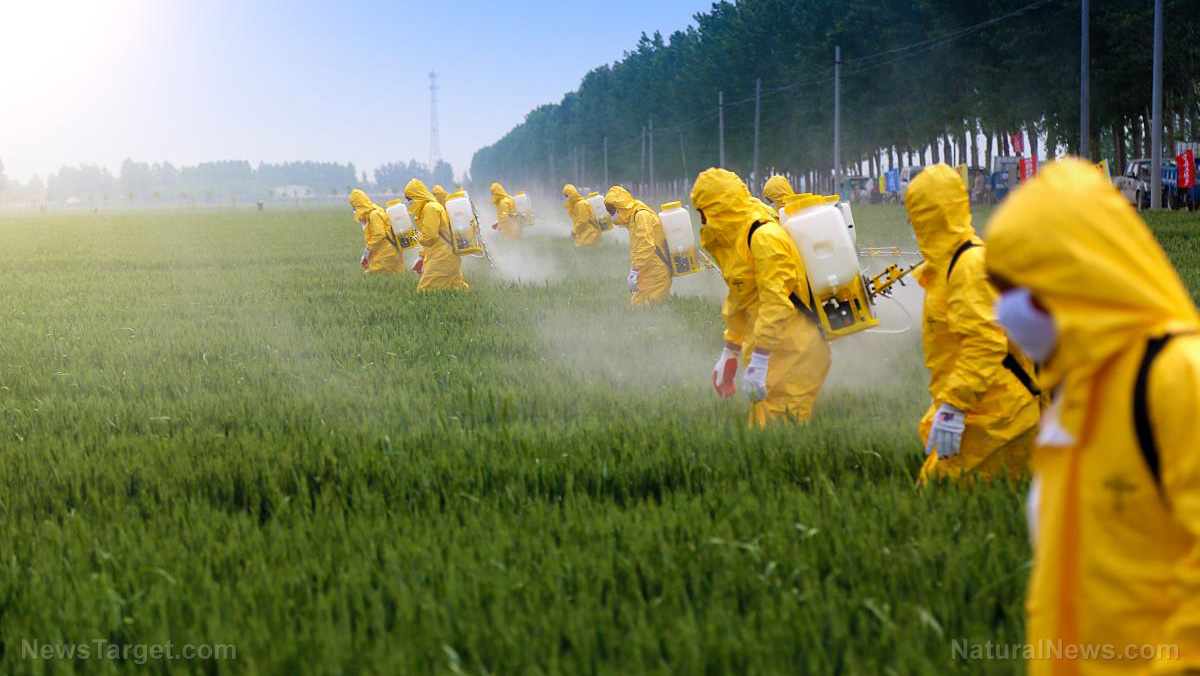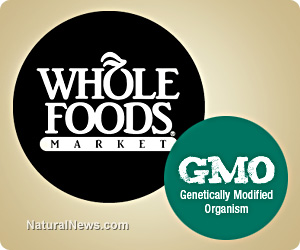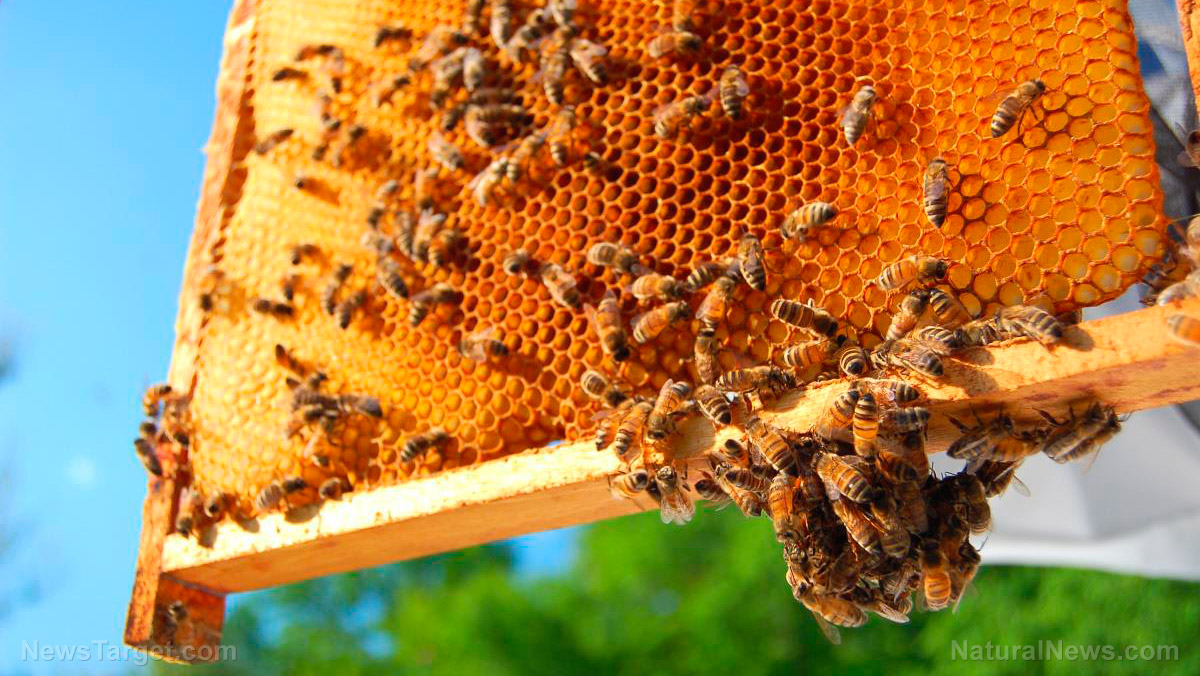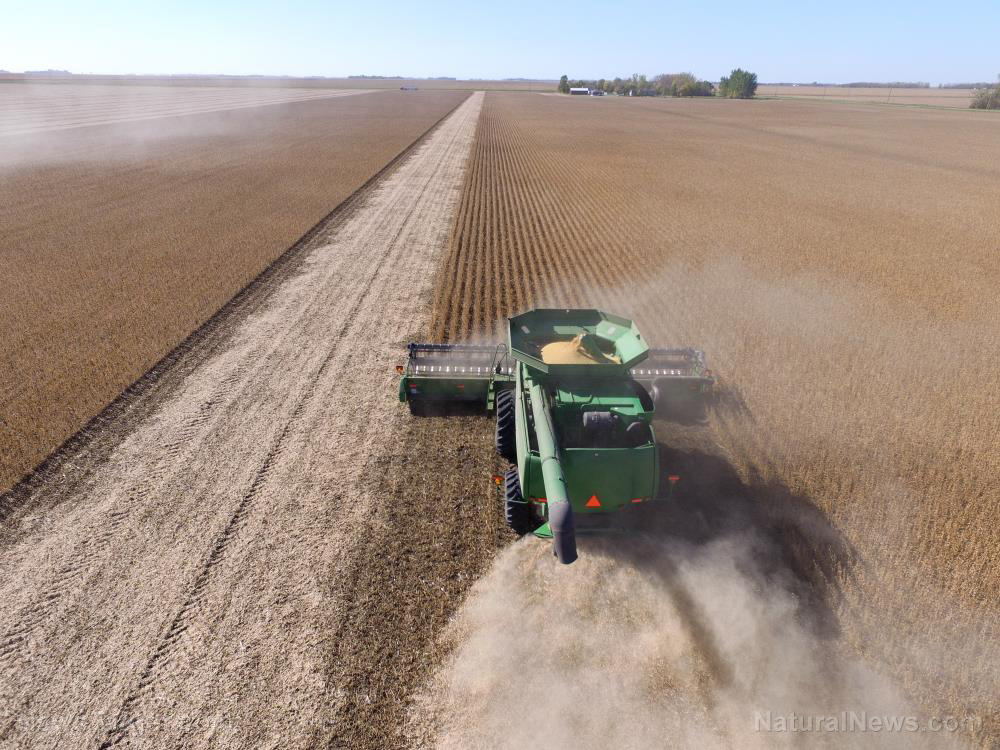COVER-UP: Scientists who find glyphosate herbicide in common foods are silenced or reassigned
12/23/2018 / By Isabelle Z.
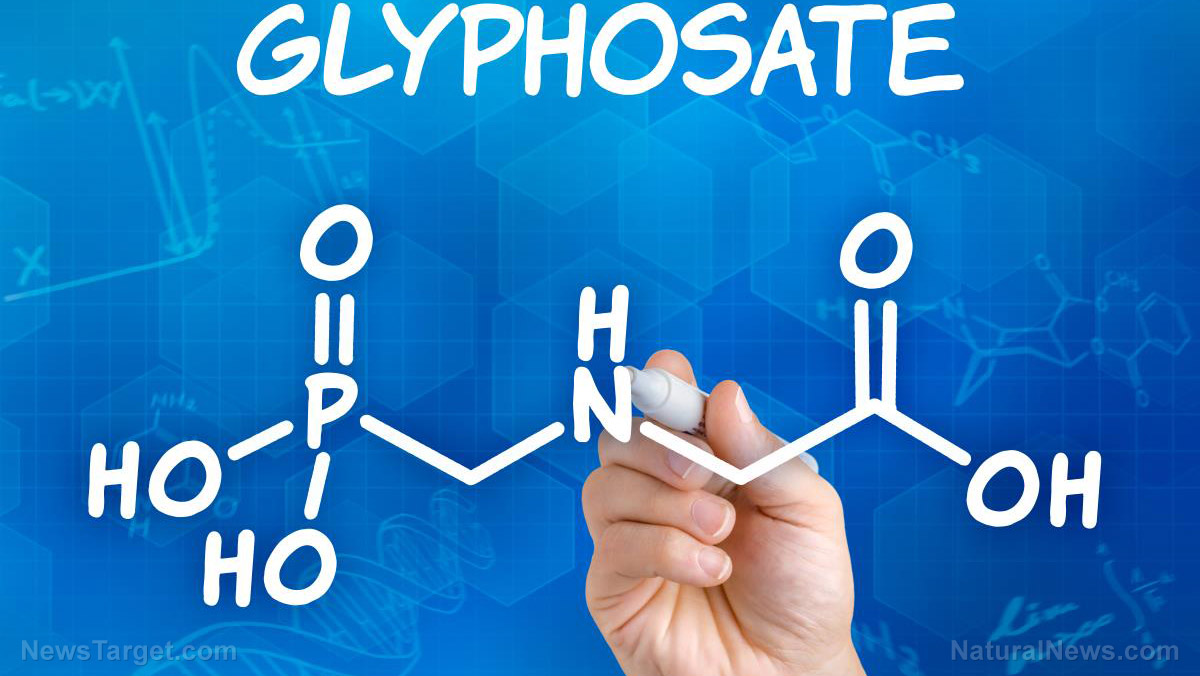
Do you know what’s really in the foods you eat? Sure, there’s a list of ingredients on the package, but your food could contain one very toxic substance that isn’t disclosed: glyphosate. You might not be too surprised to find this deadly herbicide ingredient in non-organic fruits and vegetables, but the truth is that it has also made its way into a surprising number of popular foods – and countless unsuspecting people are ingesting this dangerous carcinogen.
The Guardian reports that U.S. government scientists found glyphosate in foods like crackers, cornmeal, and granola cereal. Of course, this information wasn’t publicized; it was uncovered in emails that were obtained through a Freedom of Information request.
For two years, the FDA has been testing food samples for glyphosate residues, but they have yet to release the official results. Nevertheless, one email written by a chemist for the FDA, Richard Thompson, to his colleagues showed how pervasive the problem is.
“I have brought wheat crackers, granola cereal and corn meal from home and there’s a fair amount in all of them,” the Arkansas-based chemist wrote, adding that broccoli was the only food that he happened to have on hand that turned out to be free of glyphosate.
That email was dated in January of 2017. Unfortunately, because he made the discovery while validating his methods of analysis rather than as part of the official checks, the residues are unlikely to make it into any official reports. The FDA’s official findings aren’t usually released until around 2 to 2.5 years after the data is collected.
Meanwhile, FDA chemist Narong Chamkasen discovered levels of glyphosate that exceeded the acceptable levels in corn; the 6.5 parts per million found were well above the legal limit of 5.0 parts per million. Although such levels normally must be reported to the EPA, a supervisor with the FDA informed an EPA official in writing that the corn was not part of an “official sample.” It looks like Americans will never know which corn is going to give them cancer!
In 2016, Chamkasen also found glyphosate in several honey samples, along with oatmeal products. His lab was promptly “reassigned” to other tasks.
Each year, the FDA tests food samples for residues of pesticides to see if any are above the limit. However, they’ve only recently started looking out for glyphosate, despite the fact that it has been used for four decades. In 2015, the International Agency for Research on Cancer labeled the chemical a “probable human carcinogen.”
As the main ingredient in the hugely popular Roundup pesticide from Monsanto, more than 200 million pounds of this cancer-causer are sprayed across crops like soybeans, oats, wheat and corn each year. In addition, farmers use it prior to the growing season on crops like almonds and spinach.
How can you avoid glyphosate?
It’s clear that we can’t depend on the government to ensure our food is safe, and independent tests show that there’s a lot to be worried about. The Environmental Working Group recently found glyphosate in several popular cereals, granola, oats, orange juice, and other breakfast foods.
U.S. National Institute of Environmental Health Sciences Toxicologist Linda Birnbaum said the current regulatory analysis doesn’t account for the low levels of exposure many people get through their diets. She said: “Even with low levels of pesticides, we’re exposed to so many and we don’t count the fact that we have cumulative exposures.”
If you’re concerned about your exposure to glyphosate, be sure to stick to organic food, and opt for locally-grown choices wherever possible. If you can grow it yourself, that’s even better. Take the time to learn more about the source of everything you put into your body.
Sources for this article include:
Tagged Under: Censored Science, corn, corruption, dangerous chemicals, EPA, FDA, food safety, food science, glyphosate, grocery, herbicide, herbicides, Roundup, soy, toxic ingredients



